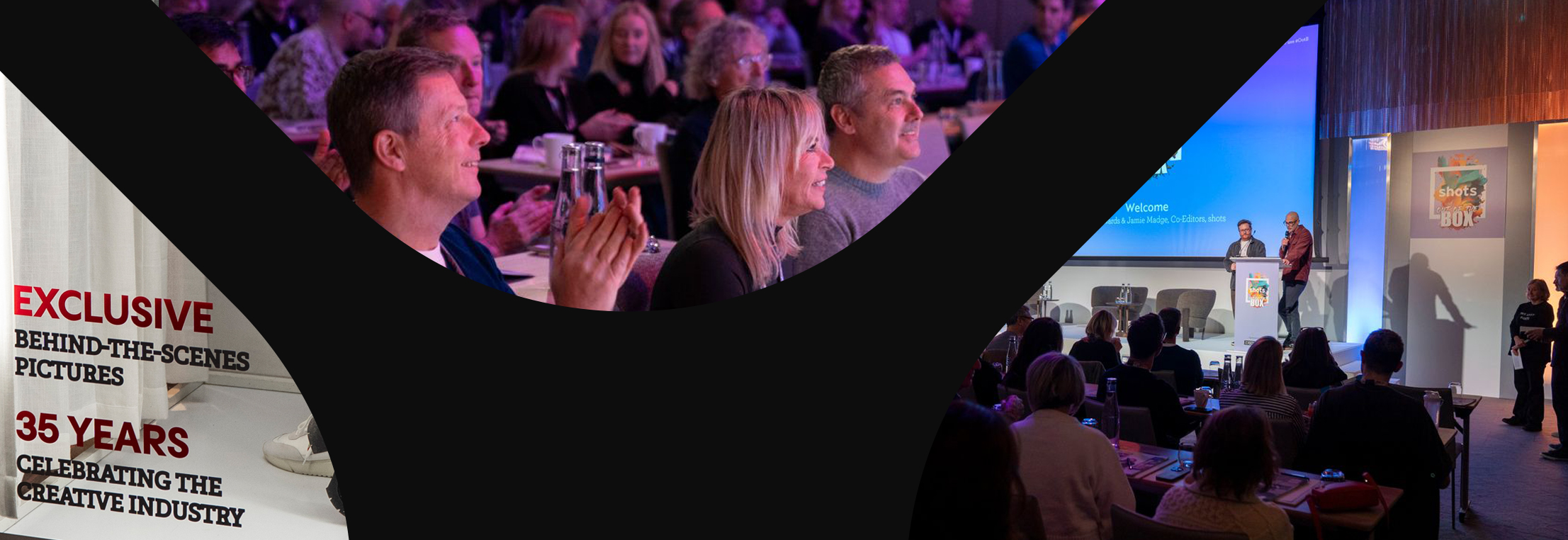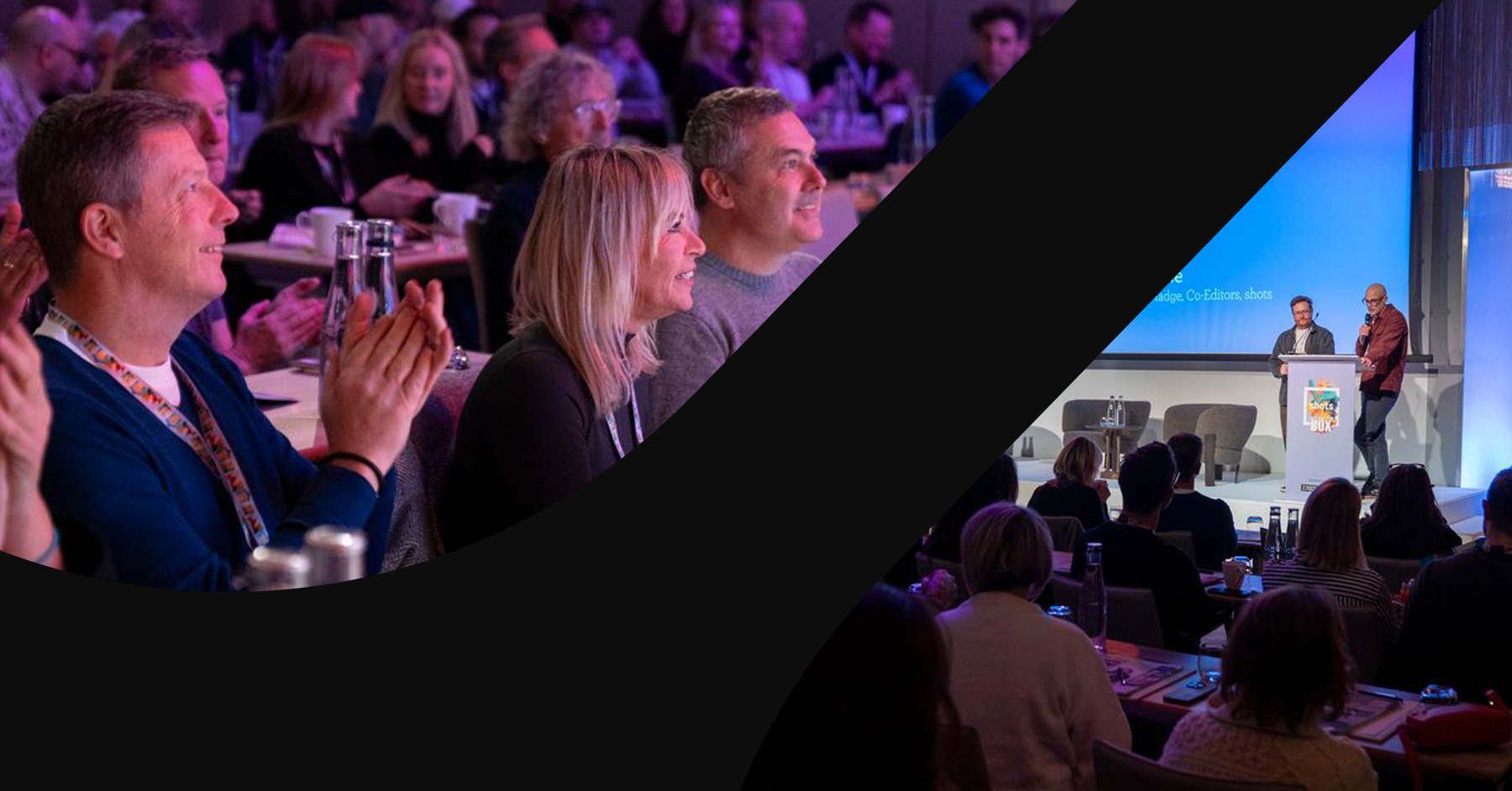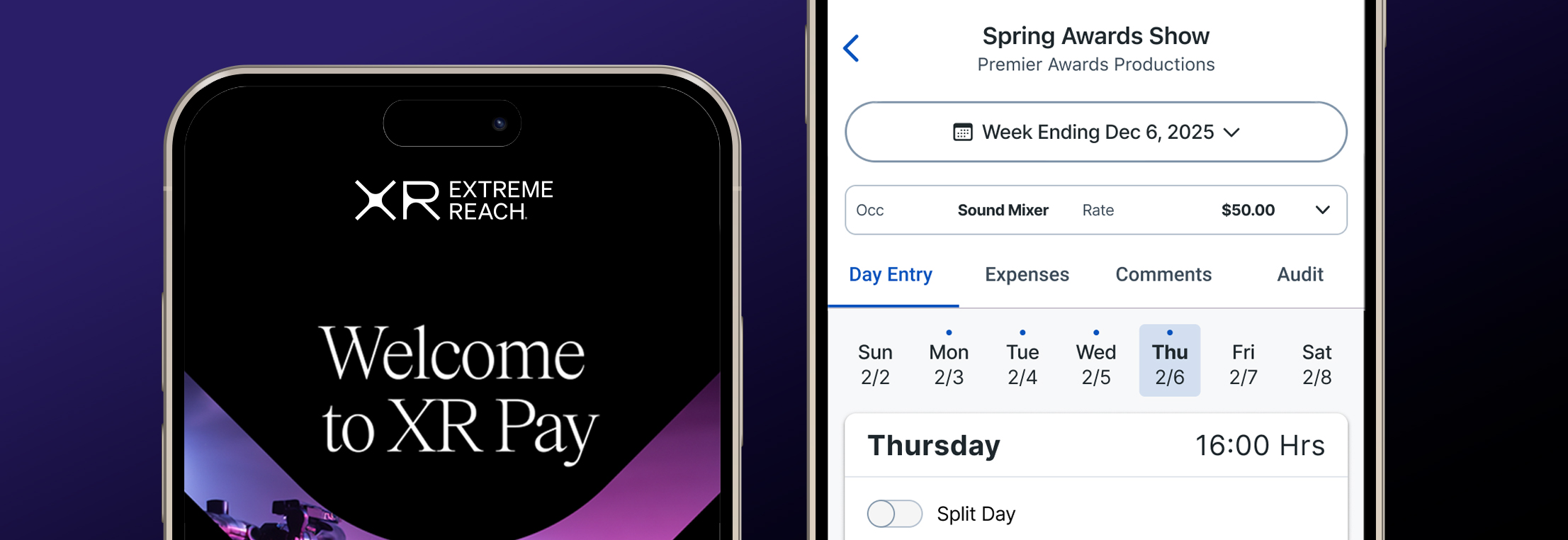TikTok Time
There’s seemingly no end to the skyrocketing surge of TikTok. What started as a site for posting silly short-form videos is now, by many counts, the world’s most popular social-media platform. Users rely on it for everything from sharing cute dog clips to scoring hot global travel tips to learning new hobbies. In fact, a recent poll discovered that 72 percent of Gen Z members picked up pastimes like pet portraiture, roller skating and extreme-makeup creation by watching TikTok tutorials. Here’s what marketers need to know about the unstoppable app.
Numbers Game
TikTok is currently on track to triple its ad revenue from $3.88 billion in 2021 to a whopping $11.64 billion by the end of this year, according to an eMarketer forecast. That’s more than the combined ad business of Twitter and Snap, which come in at $5.58 billion and $4.86 billion, respectively. By 2024, experts believe the ByteDance-owned app will enjoy ad profits of $23.58 billion, close to YouTube’s soaring $23.65 billion rate. “TikTok’s user growth has been nothing short of meteoric,” said Jasmine Enberg, analyst at Insider Intelligence. “TikTok’s ad business is still relatively new, but it’s also seen enormous growth as advertisers continue to shift their spending toward where their customers are spending their time.”
In terms of worldwide downloads, TikTok took top place during the first quarter of 2022 by scoring over 175 million downloads since January, according to Sensor Tower data. The app has amassed more than 10 million downloads during the last nine quarters—beating out all competitors, including YouTube, which came in second. In the United Kingdom alone, TikTok users are expected to grow by 12.6 percent this year for a total of 17.5 million dedicated app enthusiasts. Of that number, 7.6 million are Gen Z members while 5.7 million are millennials. TikTok’s UK ad revenues are likewise rising to an expected rate of over $1 billion by end of year, while Snapchat, the closest competitor, will hit $385.1 million in ad sales.
Appealing to Advertisers
TikTok execs are also proving their dedication to marketers via new products that make it easier for brands to connect with consumers or promote campaigns. The first innovation, called TikTok Pulse, was announced at IAB’s NewFronts presentation in early May. Brands that buy this specific ad space—which currently has limited inventory—receive a guarantee that ads will appear among the top four percent of all TikTok videos on the For You page. Pulse contains 12 categories available for purchase, including fashion, beauty, cooking, gaming and automotive. “With TikTok Pulse, branded TikToks will show up next to top-performing, brand-safe content that’s driving conversation and actions,” said Jiayi “Ray” Cao, global head of product strategy. “Think of Pulse as supercharged contextual targeting.” IPG Mediabrands and Omnicom Media Group are among the companies now working with Pulse, and advertising chief Sandie Hawkins said, “We’re already seeing strong commitment from the world’s largest brands and agencies.”
Soon after debuting Pulse, the platform announced the launch of Branded Mission, a product meant to facilitate relationships between companies and creators. The tool functions like challenges, a popular form of content on the social site wherein marketers provide basic requirements for a branded video and creators can choose to accept the challenge and create short-form videos in return for payment. “Creators are at the center of creativity, culture and entertainment on TikTok,” said company reps. “With Branded Mission, we’re excited to bring even more creators into the branded content ecosystem and explore ways to reward emerging and established creators.” The new tool aims to help brands further discover emerging talent, since any creator with at least 1,000 followers is eligible to participate.
Brands Buy In
TikTok recently commissioned a study that revealed a significant finding: Viewers who first see a brand on TV or a streaming service then see the same brand on the social platform experience a 16 percent lift in visual attention to branding and have a more positive association, with 11 percent feeling that “this brand’s ads are likeable.” Recognizing the power TikTok wields when it comes to reaching consumers, brands are searching for creative ways to incorporate marketing on this platform in their advertising efforts.
Case in point: Taco Bell, which kicked off its “Taco Swap” campaign on May 9 in over 25 countries around the world, including Australia, Brazil, Canada, China, India, Japan, Spain and the United Kingdom. Fans participate by taking part in a TikTok dance challenge and posting videos of themselves cutting loose to the official “Taco Swap” song. In return, they can trade in mundane meals for free tacos. “We’re asking people to look at what they normally have for lunch, whether it’s a sad sandwich or soggy fries or a burger, and...get them to think about having a taco instead,” said Taylor Montgomery, vice president of global brand.
Food chain Chipotle, which has locations in the US, UK, Canada, Germany and France, was the first restaurant brand to pass one million followers on TikTok, after first joining the platform in 2019. Today, Chipotle counts 1.7 million dedicated fans thanks to its user-generated content, original songs that tap into the current social zeitgeist favored by young consumers and menu hacks, such as free queso blanco on Mondays when patrons order through the app. One behind-the-scenes video simply showed rice being cooked in the kitchen—but that low-budget offering made a big impact. “The brand never wants to make the mistake of taking themselves too seriously,” said Tressie Lieberman, VP of digital marketing.
Most brands now understand that highly polished content isn’t the way to win hearts on TikTok. Striking the right tone can be tricky, but that’s part of the app’s appeal. Trying, occasionally failing and coming back for more is what keeps the content candid, which is, in great part, why both users and marketers keep coming back.



.jpg)
